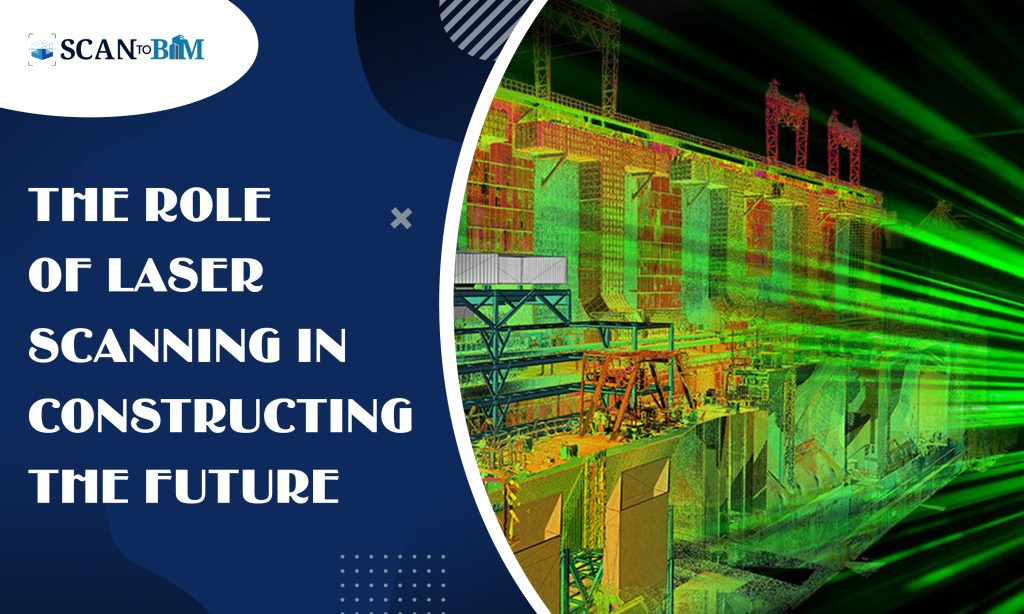
Introduction:
Over the past few years, the construction sector has undergone a significant transformation through the incorporation of advanced technologies. Laser scanning, in particular, has emerged as a groundbreaking innovation, reshaping the industry landscape. This advanced surveying technique utilizes laser beams to capture precise measurements of structures and landscapes, providing an unprecedented level of accuracy and efficiency. In this blog post, we will indulge in the world of laser scanning, exploring its current applications for Scan to BIM Company, its benefits, and the promising future it holds for the construction industry.
Understanding Laser Scanning:
Laser scanning employs laser beams to generate intricate three-dimensional depictions of physical objects or surroundings. This technology is particularly valuable in the construction sector, where accurate measurements and data are crucial for project planning, design, and execution.
How Laser Scanning Works:
- LIDAR Technology: Laser scanning often employs Light Detection and Ranging (LIDAR) technology. LIDAR devices emit laser pulses, measuring the time taken for these pulses to return upon encountering an object. Subsequently, this data is utilized to construct accurate 3D models of the surveyed area.
- Terrestrial Laser Scanning (TLS): TLS involves stationary laser scanners positioned on tripods. These scanners rotate and emit laser beams in various directions, capturing detailed point clouds of the surroundings that can be beneficial for Point Cloud Modelling Services.
- Mobile Laser Scanning (MLS): MLS, on the other hand, utilizes laser scanners mounted on vehicles to capture data as they move through an area. This is especially useful for large-scale projects and infrastructure development.
Current Applications of Laser Scanning in Construction:
- Surveying and As-Built Documentation: Laser scanning allows for quick and accurate surveying of construction sites, providing detailed as-built documentation. This aids architects and engineers in understanding the existing conditions, facilitating precise design and planning.
- Quality Control and Inspection: The technology enables construction professionals to conduct comprehensive quality control and inspection processes. Laser scanning can identify discrepancies between the actual construction and the planned design, reducing errors and ensuring compliance with specifications.
- Construction Monitoring: Real-time monitoring of construction projects is made possible through laser scanning. By gathering data at different phases of a project, construction teams can pinpoint potential issues, track progress, and make well-informed decisions to ensure the project stays on course.
Benefits of Laser Scanning in Construction:
- Accuracy and Precision: Laser scanning provides unparalleled accuracy in measurements, minimizing errors in design and construction. Achieving optimal outcomes in intricate projects hinges on this level of precision.
- Time and Cost Efficiency: The speed at which laser scanners capture data significantly reduces the time required for surveys and inspections. This efficiency translates to cost savings, as construction projects can be completed even more quickly and with fewer resources.
- Enhanced Safety: Laser scanning enables remote data collection in hazardous environments, improving safety by minimizing the necessity for personnel to physically enter high-risk areas. This, in turn, promotes a safer work environment for construction professionals.
The Future of Laser Scanning in Construction:
- Integration with Building Information Modeling (BIM): The synergy between laser scanning and BIM is poised to revolutionize the construction industry. By combining the detailed spatial data from laser scanning with the information-rich BIM models, construction professionals can make more informed decisions throughout the project lifecycle.
- Automation and Artificial Intelligence: The future of laser scanning in construction will likely see increased automation and integration with artificial intelligence (AI). This can streamline data analysis, allowing for quicker decision-making and the identification of patterns or anomalies in the construction process.
- Expanded Use of Augmented Reality (AR): Augmented reality applications can leverage laser scanning data to provide on-site construction teams with real-time information. This can enhance collaboration, improve accuracy, and contribute to more efficient construction processes.
Few Statistics to Support the Scenario:
- According to the Markets and Markets report, the global laser scanner market is expected to grow at a CAGR of 8.1% from 2021 to 2026, reaching USD 3.5 billion by 2026.
- As per the Journal of Construction Engineering and Management study, the laser scanning technology reduced project errors by up to 50%, leading to improved overall project outcomes.
- The Construction Progress Coalition reported that laser scanning can reduce project schedules by 20% and decrease overall project costs by 5-7%.
Conclusion:
Laser scanning has already made a significant impact on the construction industry, delivering unparalleled levels of precision, effectiveness, and safety. As technology continues to advance, the future of laser scanning holds even greater promise, with integration with BIM, increased automation, and the use of augmented reality poised to transform the way construction projects are planned and executed. As construction professionals embrace these innovations, the industry is on the brink of a new era, where precision and efficiency redefine what is possible in the built environment.